Gardens are not just about plants; they’re thriving ecosystems teeming with life, from buzzing bees to fluttering butterflies and everything in between. Incorporating flower-friendly beneficial insects into your garden is a sustainable and eco-friendly way to promote natural pest control, pollination, and overall garden health. In this guide, we’ll explore the art of inviting beneficial insects into your garden, creating a harmonious environment where flowers and their winged allies can flourish together.
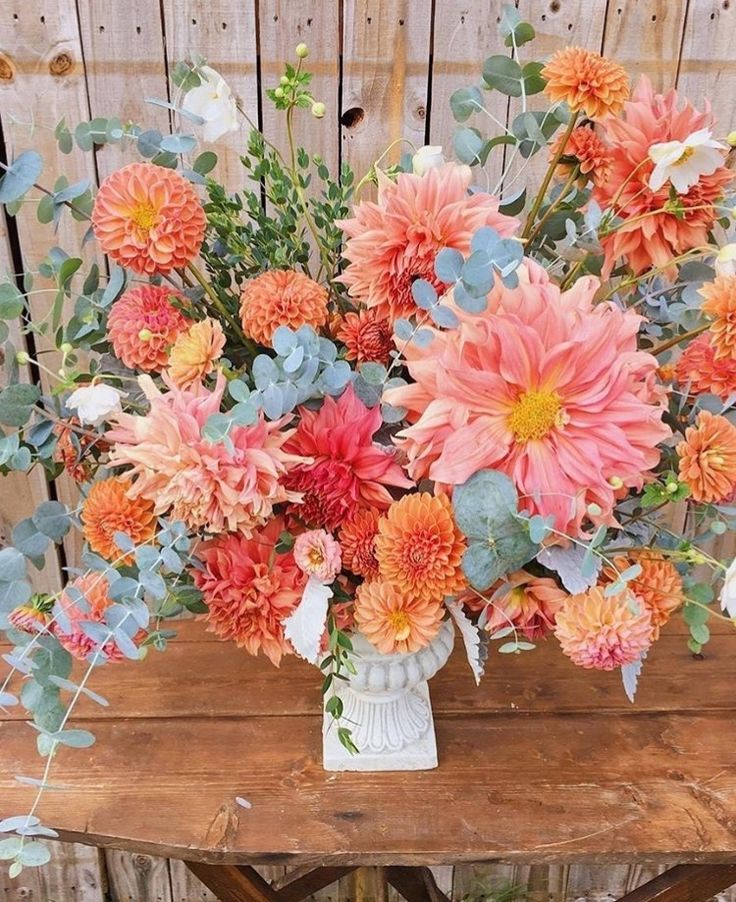
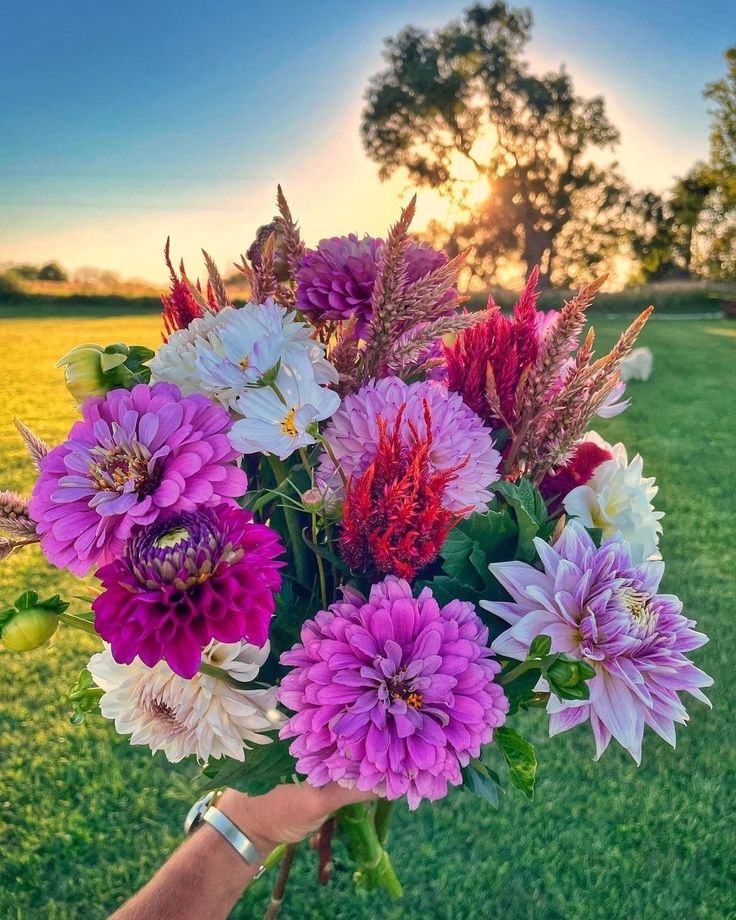
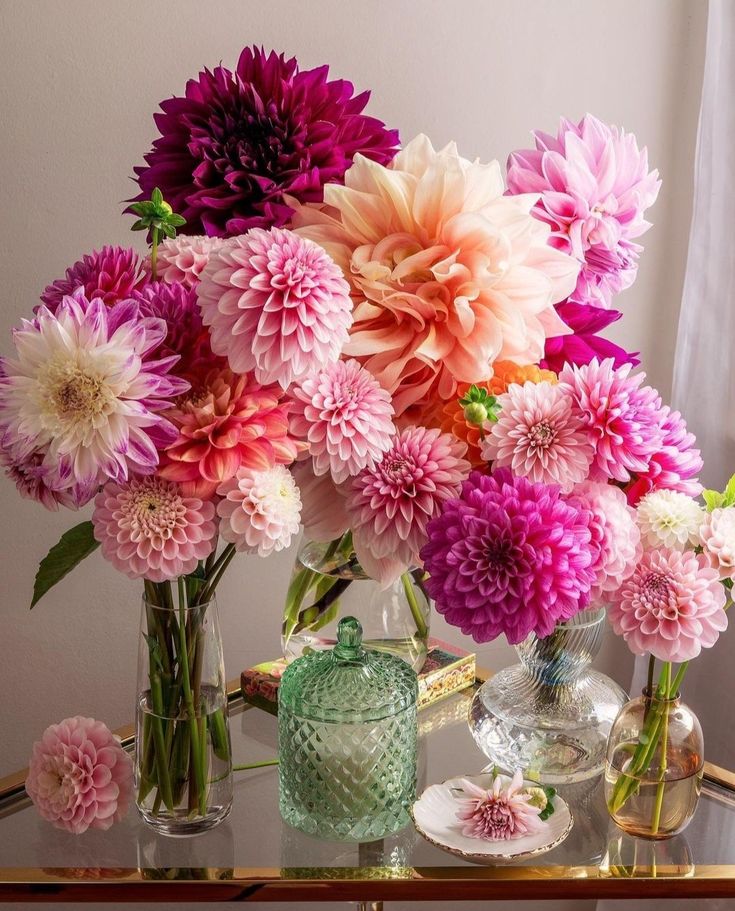
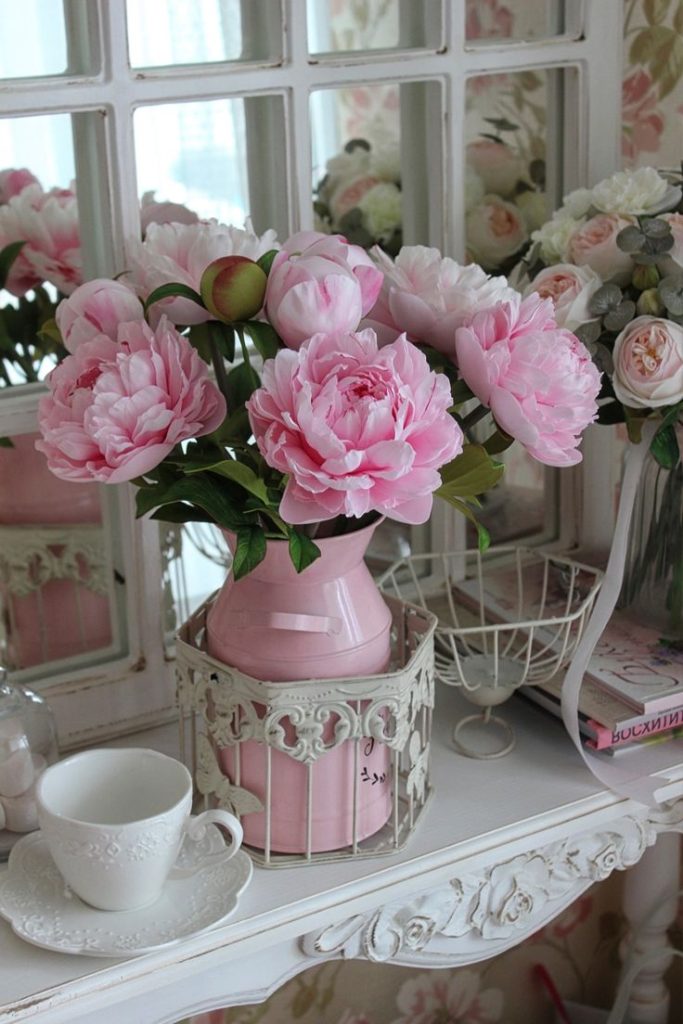
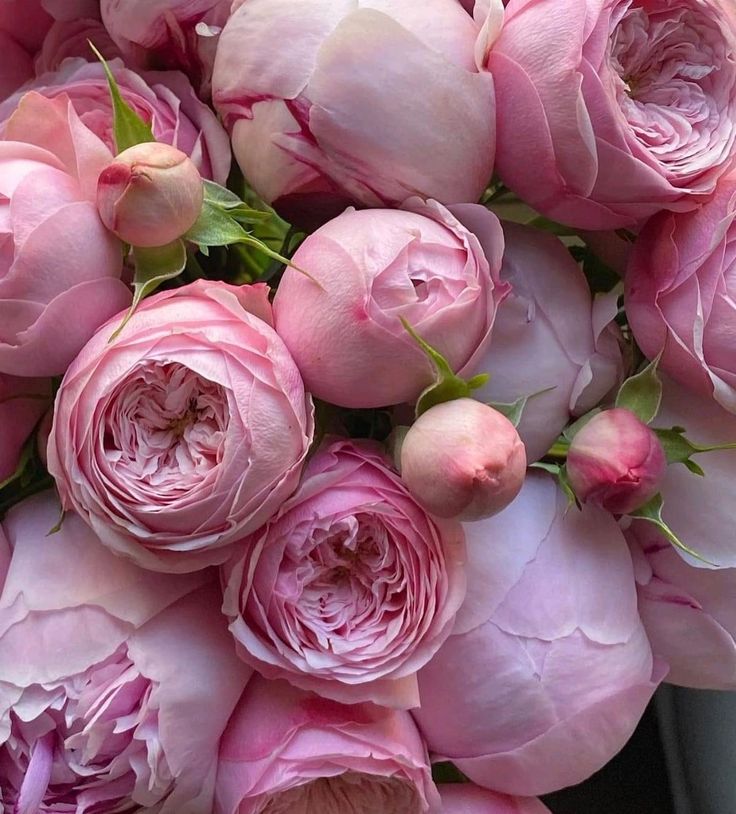
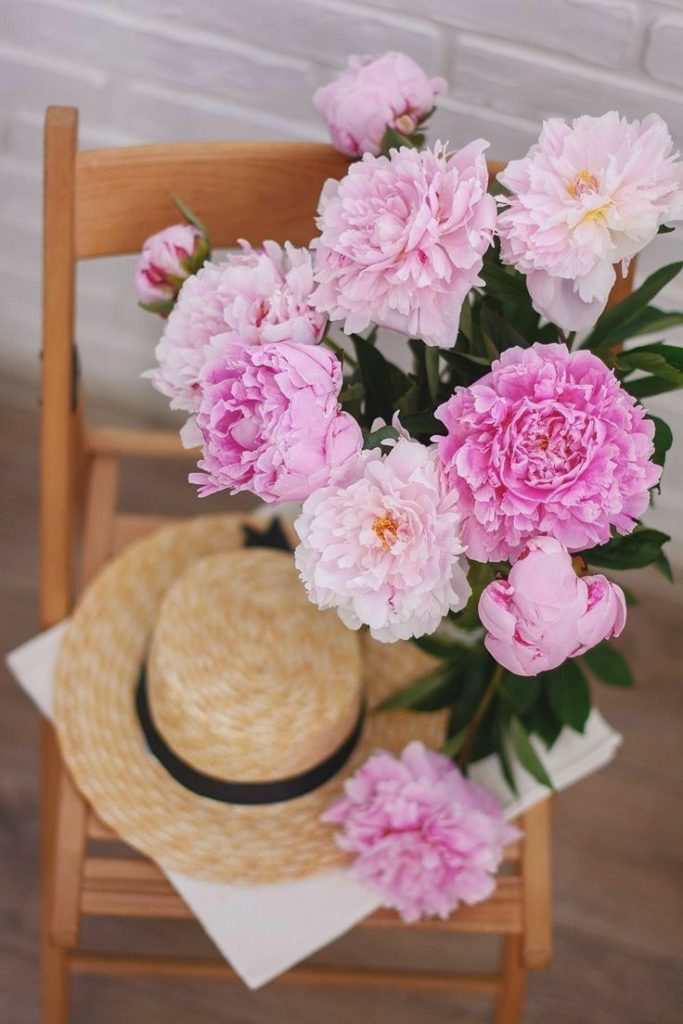
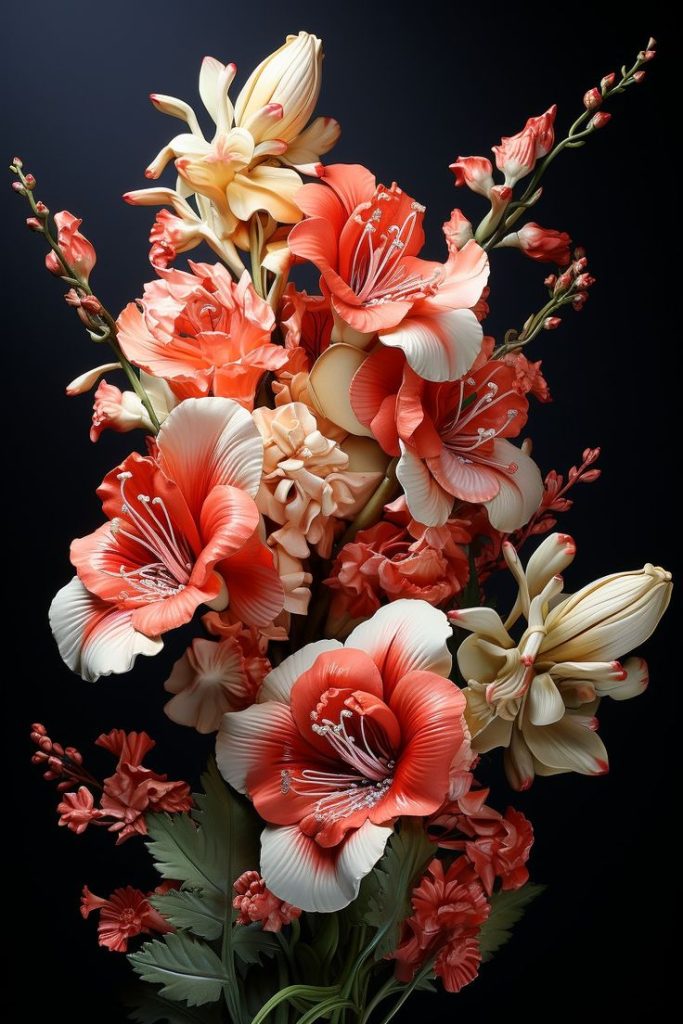
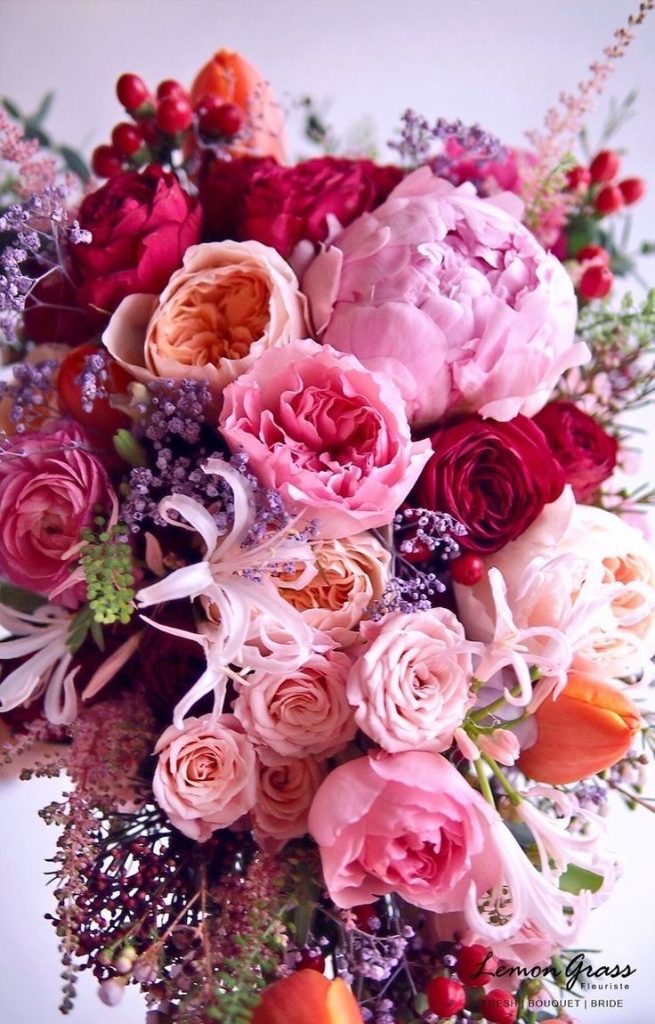
Understanding Beneficial Insects
- Natural Pest Control: Beneficial insects are nature’s pest controllers, preying on harmful pests such as aphids, caterpillars, and spider mites that can damage or destroy garden plants. By attracting and supporting beneficial insects, you can reduce the need for chemical pesticides and create a healthier, more balanced garden ecosystem.
- Pollination: Many beneficial insects, such as bees, butterflies, and hoverflies, play a crucial role in pollinating flowering plants, ensuring the production of fruits, vegetables, and seeds. By providing a habitat and food source for pollinators, you can increase the yield and quality of your garden harvests while supporting biodiversity.
Inviting Beneficial Insects into Your Garden
- Plant Diversity: Incorporate a diverse selection of flowering plants into your garden to attract a wide range of beneficial insects. Choose plants with different colors, shapes, and bloom times to provide nectar and pollen sources throughout the growing season.
- Native Plants: Native plants are well-adapted to local climates and ecosystems, making them highly attractive to native beneficial insects. Research native plant species in your area and incorporate them into your garden to support local wildlife and enhance biodiversity.
Flower-Friendly Beneficial Insects to Attract
- Ladybugs: Ladybugs are voracious predators of aphids, scale insects, and other garden pests. Plant daisies, cilantro, and yarrow to attract and support ladybugs in your garden.
- Hoverflies: Hoverflies resemble bees but do not sting and are valuable pollinators and predators of aphids. Plant alyssum, dill, and fennel to attract hoverflies to your garden.
- Parasitic Wasps: Parasitic wasps lay their eggs inside pest insects, effectively controlling their populations. Plant dill, fennel, and parsley to attract parasitic wasps to your garden.
Creating a Beneficial Insect Habitat
- Shelter: Provide shelter and nesting sites for beneficial insects by incorporating features such as flowering shrubs, dense foliage, and insect hotels into your garden. Leave patches of bare soil or mulch for ground-dwelling insects to burrow and overwinter.
- Water: Ensure access to clean water for beneficial insects by placing shallow dishes or saucers filled with water in your garden. Provide moist areas for butterflies and bees to drink and puddle.
Avoiding Harmful Practices
- Avoid Chemical Pesticides: Chemical pesticides can harm beneficial insects as well as pests, disrupting the delicate balance of the garden ecosystem. Instead of reaching for the pesticide spray, practice integrated pest management techniques such as handpicking pests, using insecticidal soap, and introducing biological controls.
- Reduce Light Pollution: Artificial light at night can disrupt the behavior and navigation of nocturnal beneficial insects such as moths and fireflies. Minimize light pollution in your garden by using low-intensity outdoor lighting and shielding lights downward.
Conclusion
Incorporating flower-friendly beneficial insects into your garden is a rewarding and environmentally-friendly way to promote natural pest control, pollination, and biodiversity. By creating a welcoming habitat and providing food and shelter for beneficial insects, you can cultivate a thriving garden ecosystem where flowers and their winged allies can coexist in harmony. Embrace the beauty and wonder of beneficial insects and let them become valued partners in your gardening journey, helping you to create a vibrant and sustainable garden that blooms with life and vitality.